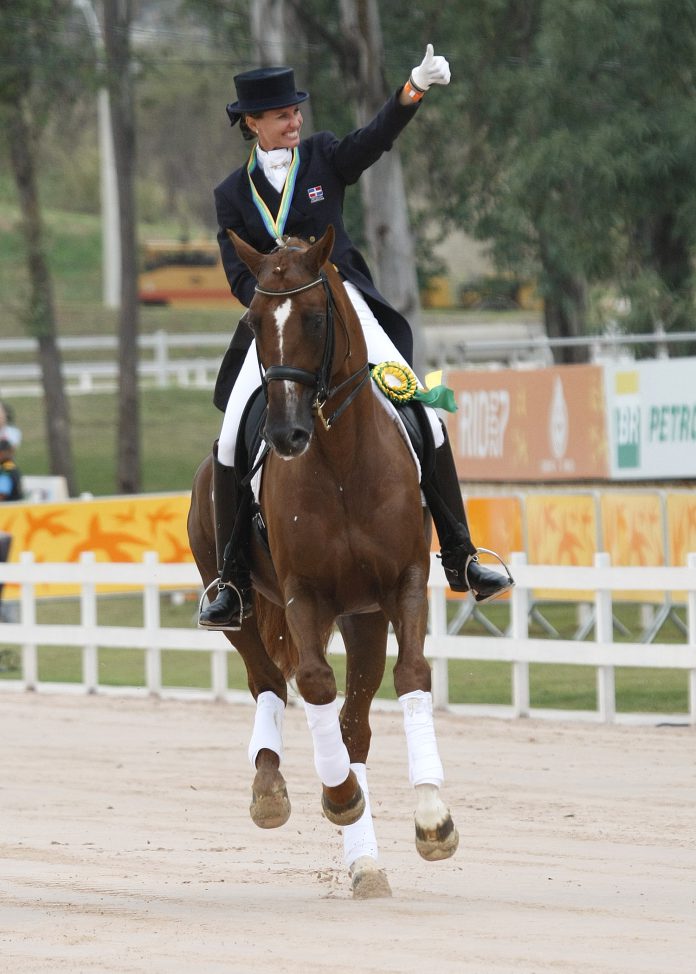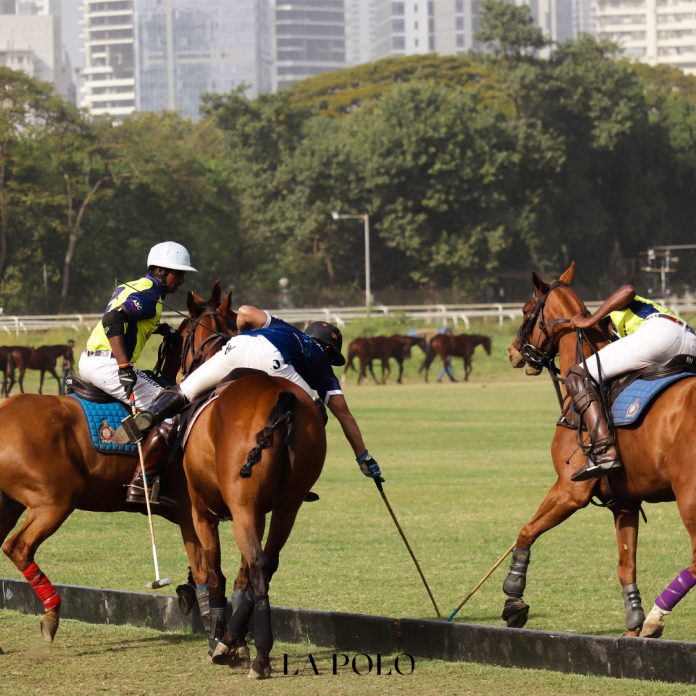Para-Equestrian is governed by the International Federation of Equestrian Sports (FEI) and includes two types of competitive events–Para-Equestrian dressage and Para-Equestrian driving.
 CHARACTERISTICS
CHARACTERISTICS
Paralympic sports events have gathered athletes from all over the world, to challenge their opponents and test their limits. Initially, Paralympics were only open to athletes in wheelchairs, but now they include events for different disabilities. In the 1996 Summer Paralympics, para-equestrian was added and monitored by the FEI.

Para-Equestrian Dressage is the only equestrian event included in Paralympics, but there are different classifications for athletes with various disabilities. According to the Federation Equestre Internationale (FEI), people with profiles of similar functional ability levels are grouped into four competition-grades.

LEVELS
The competition test for each grade is compatible with the functional ability of people with the same potential. There are five grades for dressage. They range from Grade-I for the most severely impaired dressage riders to Grade-IV for the least impaired. The competition within each grade can then be judged on the skill of that competitor on that horse regardless of the competitor’s disability (2007, FEI).
 After a conversation with Para-Equestrian Ireland in 1992, a small group of members came together to introduce Ireland for the para-dressage event for the physically disabled riders.
After a conversation with Para-Equestrian Ireland in 1992, a small group of members came together to introduce Ireland for the para-dressage event for the physically disabled riders.

These riders’ training is similar to any other equestrian rider but takes a bit more effort, depending on the disability. Many riders work alongside the physiotherapist and occupational therapist to gain maximum range of movement of their bodies. It takes a full team behind every para rider to be able to compete to the best.
Along with the help of the trainers, athletes can select their own horse for the para-equestrian events, and there is usually a special bond between the riders and horse.
The trust and the bond with the horse is fundamental to success, and each rider and horse take time to adjust.
A huge challenge faced by Para Equestrian Ireland is the financial side of sending para riders to compete at international events. Some para riders need several people to mount their horses, and many are unable to tack up, groom or warm up their horses before an event. Typical mid-range grade rider would need a groom and a trainer and a PA to travel with them. Para Equestrian Ireland is a charity organization and depends solely on grants and donations.
THE FUTURE
Some riders need LOOP reins or bar reins, along with adapted saddles with deeper seats to hold the rider in place. There are different equipment used by different athletes and there’s always room for development to help the rider become more comfortable in the saddle. Each compensating aid or adaptation needs to be passed by a national or FEI classifier as these adaptations need to be on the FEI Master list.

Para-equestrian is a beautiful event but takes a lot of time, cost, and dedication. Roxanne Trunell, the 2021 Para-dressage rider of the year, told La Polo: “I love that you get to compete with your furry best friend in Para Dressage. Horses don’t judge or discriminate. If you give them unconditional love, they will show that love right back. You can just be ‘you’ with the horses, you are their person and it doesn’t matter if you have a disability, to them.”




